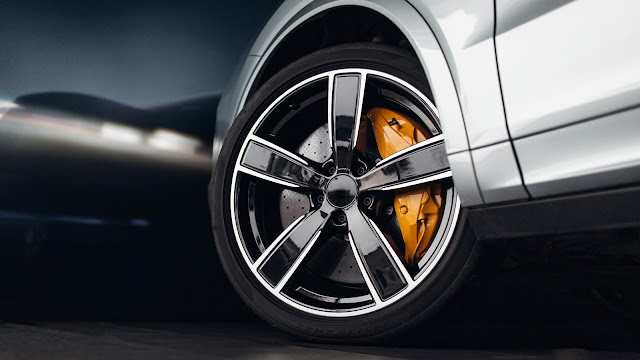Why Regenerative Braking Is So Important For EVs
You might also additionally have heard that electric powered automobiles have honestly been round manner longer than the gasoline-chugging automobiles all of us love. However, are you conscious that present day EVs aren't the primary to make use of regenerative braking? Recapturing kinetic electricity and changing it to electric energy (or regenerative braking) while a car is braking, decelerating, or touring downhill has been used on railroads for the reason that 1930s, mainly at the teach carriages of the Baku-Tbilisi-Batumi railroad, additionally called the Georgian rail course or the Transcaucasus Railway.
Even returned then, regenerative braking served the identical purpose: to enhance performance and performance. In a gas-powered vehicle with traditional hydraulic brakes, stepping at the pedal will increase hydraulic strain to squeeze the brakes pads at the rotor or brake discs and create friction to sluggish down or forestall the car. The brakes rework kinetic electricity (or ahead motion) into thermal electricity or warmness. When warmness from braking dissipates into the atmosphere, it's far misplaced forever.
Regenerative braking captures the wasted kinetic electricity into strength while a car slows down. The recaptured electricity is saved in a battery for destiny use, assisting to enhance performance, performance, or both, relying at the system`s design.
Why is regenerative braking vital for EVs?
According to the Deloitte 2022 Global Automotive Consumer Study, 69% of Americans stated their subsequent vehicle might not have some thing to do with electrification, and most effective 5% need a brand new EV. There are motives at the back of this: price and riding variety. The latter is maximum important, in view that a better riding variety eliminates "variety anxiety."
In J.D. Power's U.S. Electric Vehicle Experience (EVX) Ownership Study posted in 2021, the battery and riding variety are the maximum mentioned elements that purchasers check out while shopping for an electric powered vehicle. "It's all approximately peace of mind," stated Brent Gruber, senior director of worldwide automobile at J.D. Power. "Even aleven though maximum proprietors force much less than the said variety in their car's battery, they nevertheless need to recognize that the real variety is near the said battery variety."
Since the battery % is the maximum high priced issue in a present day EV (now no longer to say the maximum bulky to boot), automakers want to optimize the battery length to maintain the fees and weight down. And despite the fact that regenerative braking is most effective 16% to 70% green in recapturing kinetic electricity (relying on riding style, street gradient, temperature, and different elements), it does expand the riding variety marginally, assisting an EV journey in addition with out preventing to rate the battery.
How does regenerative braking work?
In present day hybrid and electric powered automobiles just like the Toyota Prius, regenerative braking structures can drip-rate the batteries with out plugging into the mains. Electric automobiles have one, , or a couple of electric powered automobiles to offer thrust. When you step at the accelerator pedal, the automobiles draw energy from the battery. But as quickly as you elevate your foot off the cross pedal, the electrical motor disengages and runs backward, appearing as a generator because it recaptures kinetic electricity and recharges the battery %.
The motive force can usually select the quantity of regenerative braking with the aid of using playing with a manage stick or tools lever. The maximum competitive placing captures and shops greater electricity in change for greater widespread braking energy, sufficient to carry the car to a entire forestall. On the opposite hand, the mildest placing applies "softer" braking energy whilst regenerating a smaller quantity of electricity. It's why EVs are able to one-pedal riding, the capacity to sluggish down or forestall the car with out the usage of the hydraulic brakes.
Regenerative braking additionally advantages the environment. Though electric powered automobiles do not have combustion engines that emit dangerous pollutants, the brakes and tires are of the maximum important non-exhaust supply emissions elements, consistent with the California Air Resources Board (CARB). Early research have proven that automobile brakes emit 35% to 60% of the copper in California's watershed. California and Washington exceeded legal guidelines in January 2021 that restrict the sale of automobile brakes with greater than a 5% copper content.







.jpg)






Post a Comment